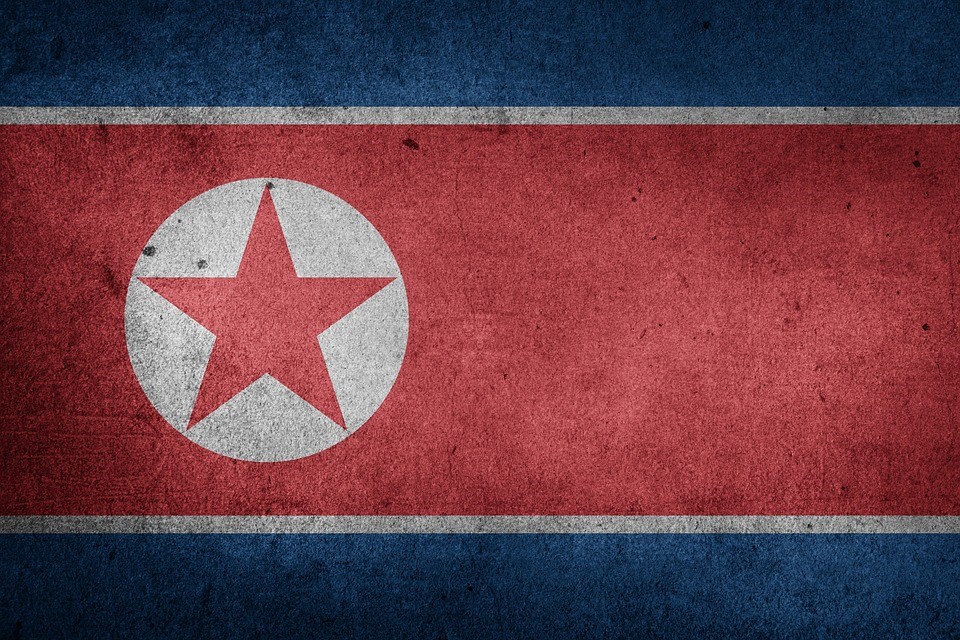The mice will play while the cat is away, is a little ditty learned by children around the country. Today, North Korea is that little mouse playing around while the eyes of the world are cast westward to Europe. Thermal infrared imagery analysis at the country’s Yongbyon nuclear plant taken this year indicates that warm water is being discharged from the 5Mwe reactor; a clear indication that its cooling systems are in operation. The river alongside the plant is frozen but the water around the discharge pipe remains ice-free. “Thermal patterns from the same period suggests that the IRT-DPRK reactor, the Radiochemistry Laboratory, and the centrifuge plan facilities are occupied, but not necessarily operational, and not in a state of shutdown,” according to Joseph Bermudez, of the Center for Strategic and International Studies.
What this means to military analysts is that North Korea appears to be continuing its efforts to expand its inventory of fissile material for nuclear weapons. The latest report builds on evidence from March, April, and December of 2021, which found that despite statements to the contrary, Kim Jong-un’s nuclear program is active. The regime recently conducted missile tests of hypersonic as well as short-range, intermediate-range and long-range ballistic missiles. Once confirmed, this would be the first time an ICBM has been fired since 2017, breaking Pyongyang’s self-imposed moratorium on such tests.
The White House now may be forced to deal soon with a minor state that can potentially aim its Hwasong-14 intercontinental ballistic missiles at New York and hit the target. Kim’s Hwasong-15, with its multiple warheads and an estimated range of over 8,000 miles, puts all of the continental US within its sights. Given the erratic and reckless behavior of the North Korean leader in recent years, the US must take seriously threats coming from the autarkic state. According to a BBC report, “In January 2021, North Korea unveiled another missile – a new type of submarine-launched ballistic missile which it declared to be ‘the world’s most powerful weapon.’” What is more disconcerting is that weapons experts believe the newest of Kim’s arsenal may have features that make the missile had to detect by conventional system used in the United States. They suggest the regime has designed a ballistic weapon that is capable of faster speeds and does not follow a straight trajectory. There also are indications the weapons can be transported, pre-loaded with fuel, and stored for fast use cases.
North Korea has a history of violating accepted norms. In September 2017 it detonated a nuclear weapon underground that was so powerful it was the cause of a 6.3 earthquake in northeastern North Korea. A year before that it caused a 5.3 earthquake at the same site, near the Punggye-ri nuclear test site. While North Korea’s conventional capabilities are of low quality, they can inflict great damage if used against South Korea. Kim also has tens of thousands of special forces prepared to invade South Korea should Kim decide to infiltrate the country. An additional threat comes from the thousands of artillery pieces and rocket launchers deployed along the Demilitarized Zone, putting Seoul, which is a distance of less than 38 miles, well within range.
A decade ago, the South Korean government estimated that the North could have between 2,500 and 5,000 tons of chemical weapons, potentially one of the largest stockpiles in the world. No one knows for sure, but given the behavior of the communist regime leadership, it appears likely that this is the case. The Nuclear Threat Initiative reports that North Korea “is suspected of maintaining an ongoing biological weapons (BW) program in violation of its international commitments, but there is no definitive information about the program’s status.” The indigenously built program is believed to be several years old and capable of creating the causative agents for anthrax, smallpox, cholera, hantavirus, among other at least nine other BW’s. Little is known about the North’s chemical weapons programs. There are, however, several facilities in the country that have been linked with the production and/or storage of chemical weapon agents, their raw chemicals, and precursors adding to the country’s deadly arsenal. Small states are extremely dangerous when they are willing to sacrifice the standard of living of the population, to devote limited resources to creating weapons of war. The North Korea communist regime, and its paranoid leader Kim Jong-un, need to be contained before they draw the world into a conflict.
Daria Novak served in the U.S. State Department
